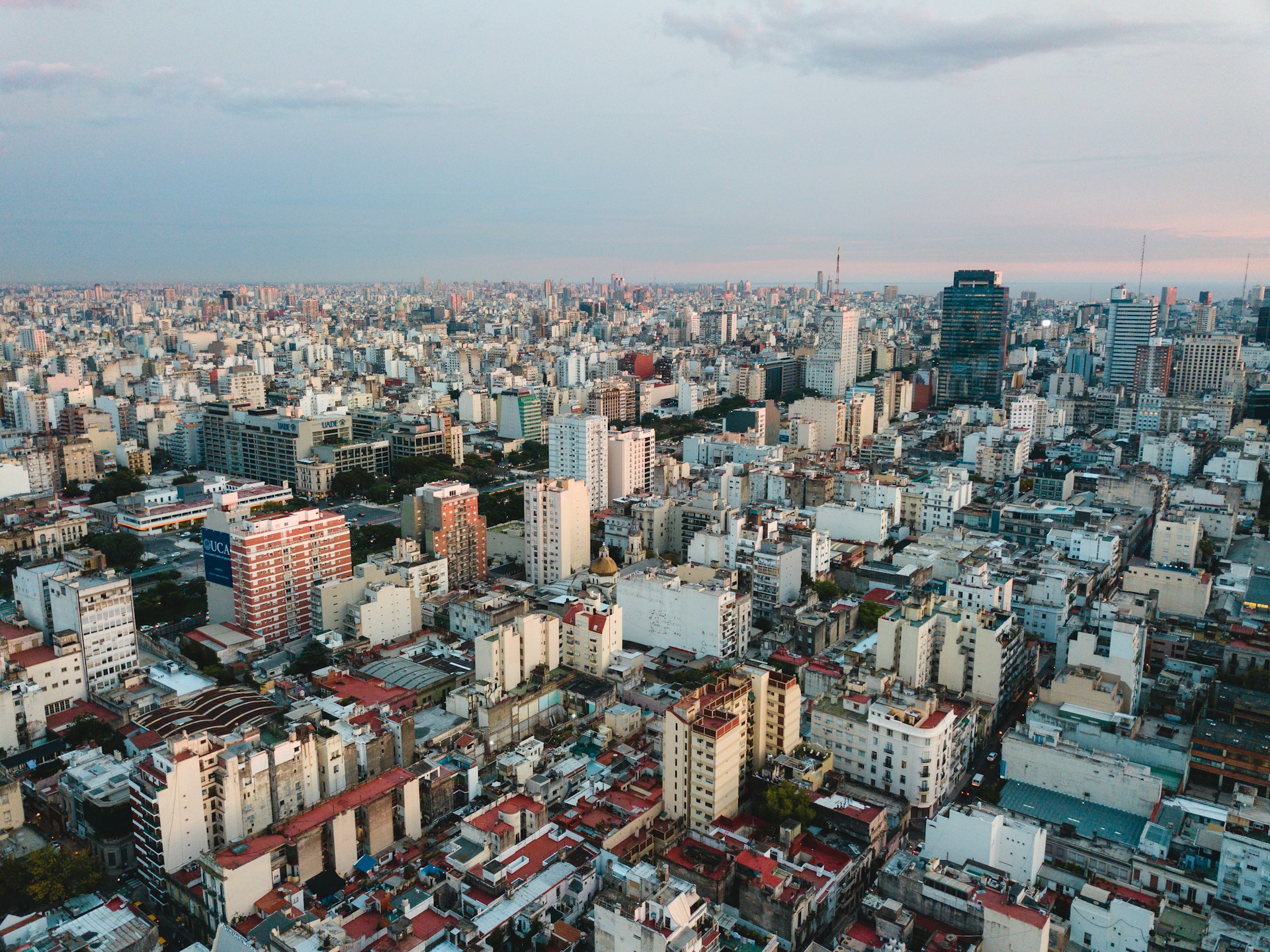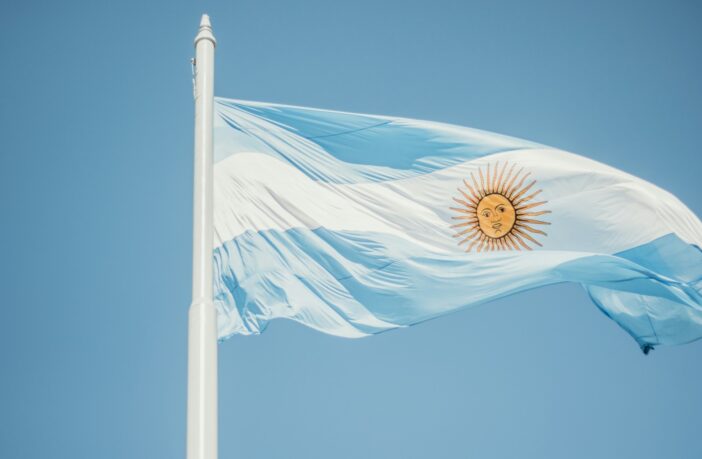IMF loan programme for Argentina to last 48 months
In April 2025, the IMF loan programme for Argentina started. Under its terms, the country will receive US$20 billion in financing. The funds will go in tranches over 48 months and will help Argentina to strengthen its fiscal policy. The first tranche was US$12 billion and the second US$2 billion.
IMF program overview
Argentine authorities are struggling to pull the local economy out of a deep crisis. President Javier Milay and his government have drawn up a comprehensive reform and stabilisation programme. However, its implementation will require substantial financial support, which the country does not have.
The government has turned to the IMF for loans. The authorities hope that the Fund’s support will enable them to attract additional resources in the future. The World Bank and the International Finance Corporation (IFC) are among the potential sources of future investment. The funds will help maintain the balance of payments and the country’s return to global capital markets.
The IMF support programme includes:
– providing a strong fiscal stimulus;
– transitioning to a sustainable monetary and exchange rate regime;
– ensuring the stability of foreign exchange operations;
– increasing exchange rate flexibility;
– removing several foreign exchange restrictions;
– implementing a structural reform programme.
The Argentine government is focusing on the consistent implementation of disinflation measures. According to the authorities, this will increase the chances of successfully implementing the reform strategy despite global economic instability.
Reform successes
Kristalina Georgieva of the IMF noted the progress already visible in the Argentine economy. In a relatively short period of time, the authorities have managed to disinflate and improve the monetary regime. Despite the rapid transformation of the local economy, the country needs serious support from its partners. Challenges include the limited availability of external stimuli and vulnerability to global risks.
The IMF expects Argentina to move to a more flexible monetary regime that will allow for better risk management. This will be achieved through the implementation of an effective monetary framework. This includes the imposition of strict limits on net domestic assets. In this way, the government aims to increase the demand for money, which will contribute to disinflation.
As part of the reform programme, the Argentine central bank has abandoned the fixed peg of the national currency to the dollar. The exchange rate is now in the range of 1000 to 1400 pesos per dollar. This approach may lead to depreciation of the national currency in case of reaching the upper limit.
Experts have criticized these measures. They believe that the move contradicts the government’s objectives of stabilising the economy.
At the same time, the bank lifted restrictions on the purchase of dollars. Previously, it was possible to buy no more than US$200 a month.




